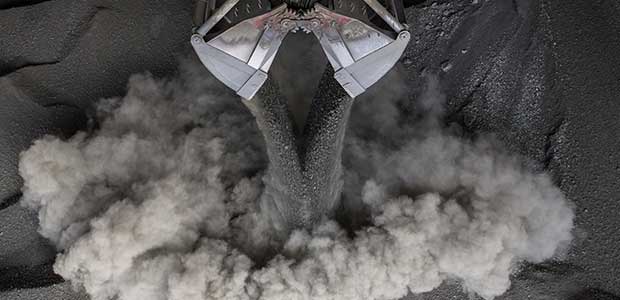
Report Finds More Protections Needed to Address Black Lung
The Coal Mining industry needs go to beyond current regulations in order to combat the increase in cases of black lung disease, according to a new report released Thursday by the National Academies of Sciences, Engineering, and Medicine.
The Coal Mining industry needs go to beyond current regulations in order to combat the increase in cases of black lung disease, according to a new report released Thursday by the National Academies of Sciences, Engineering, and Medicine.
The report states that even though mine operators comply with regulatory requirements for monitoring conditions that affect miner health, this may not guarantee that exposure is being controlled adequately or that disease rates will decline in the future. There must be a “fundamental shift” in the way exposure control is handled in order to work toward eliminating dust-related lung diseases, according to the report.
Black lung disease rates decreased after the regulatory requirements in 1969, but some areas of central Appalachia have seen an unexpected increase in cases of black lung since 2000. In the past, respirable coal mine dust sampling and monitoring has been based on compliance with federal regulations, which has reduced but not eliminated diseases related to coal mine dust.
“There is an urgent need for monitoring and sampling strategies that enable continued, actual progress to be made toward the elimination of diseases associated with coal mine dust exposure,” said Thure Cerling, Distinguished Professor of Geology and Geophysics and Distinguished Professor of Biology at the University of Utah and chair of the committee that conducted the study and wrote the report.
New dust control measures were imposed by the federal Mine Safety and Health Administration in 2016, requiring a certain number of miners to wear dust-sampling devices that can monitor coal-dust exposure in real time. However, according to the report, “only a fraction of miners are required to use CPDM and an individual worker may not be representative of the dust exposure to others not wearing the device.”
Among other findings, the report recommends evaluating the exposures of all mine workers and calls for NIOSH to develop a real-time crystalline silica monitor.